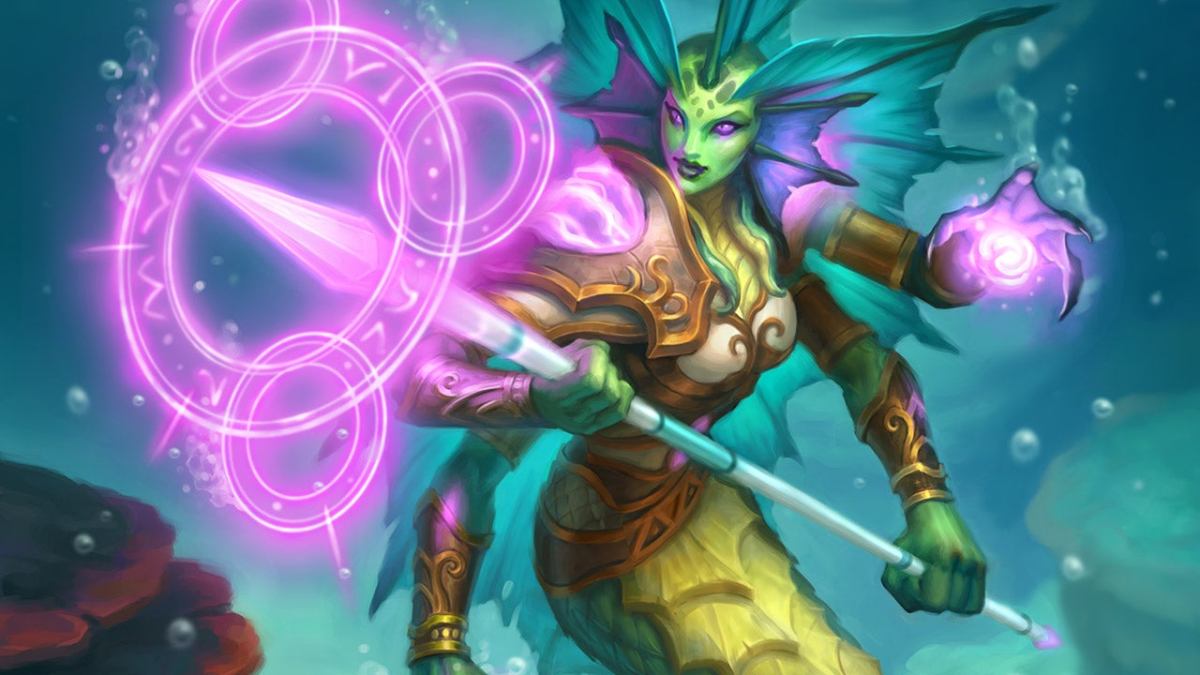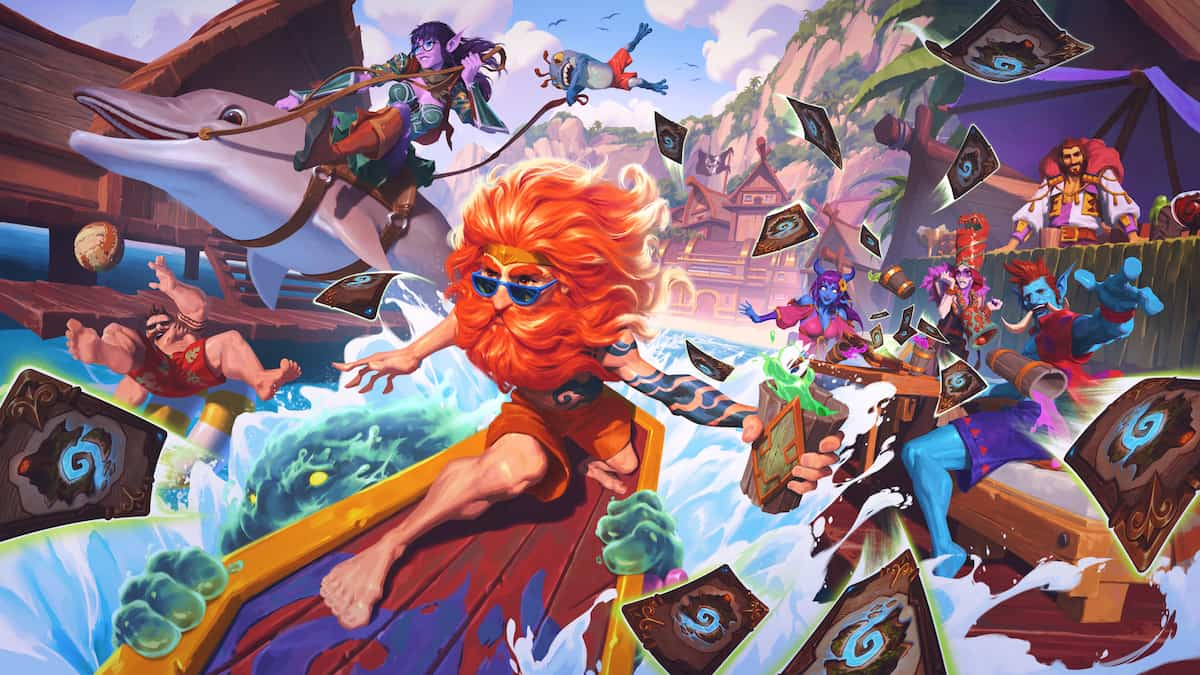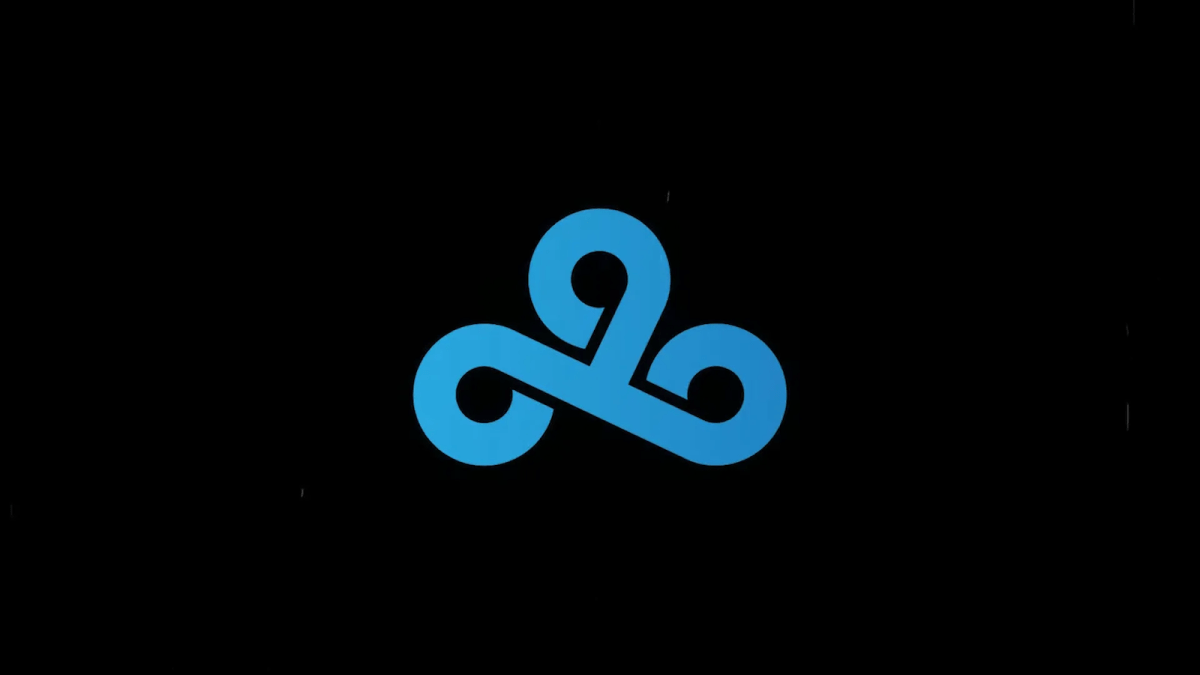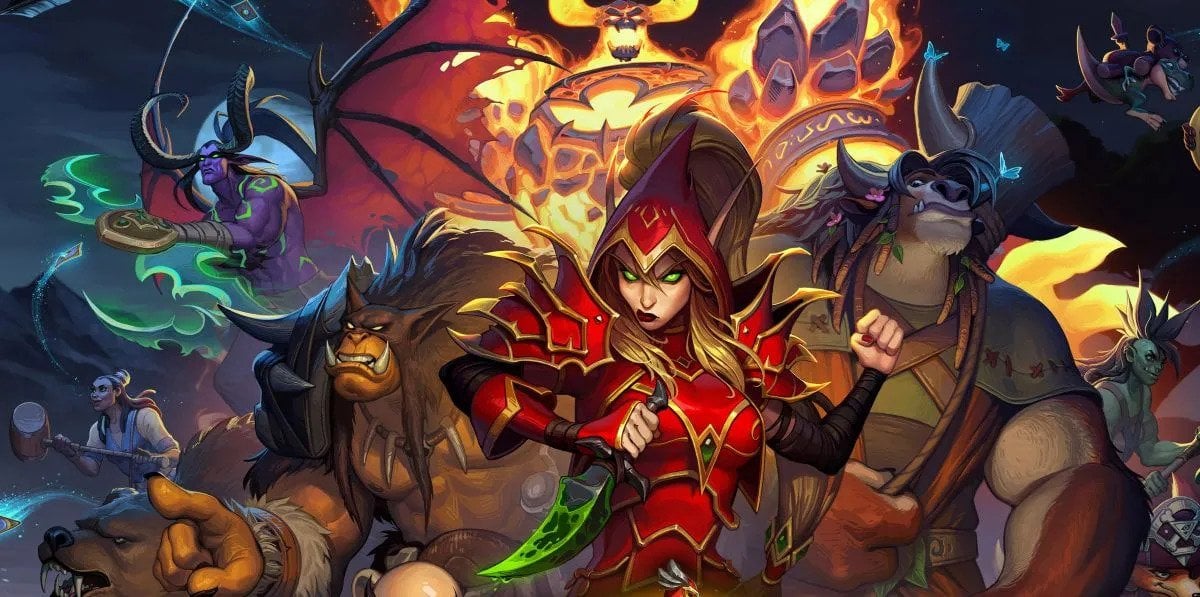Hearthstone’s April 26 balance patch will introduce the first set of nerfs in the Voyage to the Sunken City metagame.
The patch will target a specific problematic interaction in both Standard and Wild with Switcheroo. It will also lower the power level of Pirate Warrior and Ramp Druid, two archetypes that remained on top of the charts even after the Standard rotation.
The changes made are in line with the developers’ modern philosophy of moving fast and breaking things. Their decision to leave Aggro Demon Hunter unchecked may come back to bite them in just a couple of weeks, however.
Modern Hearthstone gets quick balance changes
Gone are the days when a deck like Undertaker Hunter was allowed to dominate for an entire release cycle, then for another couple of months while Ben Brode’s Team 5 decided that the ineffective counter-cards printed in the follow-up set were also insufficient to match its power levels. Nowadays, if something is out of whack, it gets nerfed quickly—sometimes in even less than 24 hours, as we’ve seen in the case of day one Demon Hunter.
As a corollary to that, the problematic decks no longer get pulverized and effectively removed from the game. Like we’ve seen now with Pirate Warrior and Ramp Druid, they stick around, sometimes even as strong archetypes. Like or hate the decks, the fact that they were nerfed, then they received additional support in the new Standard year, and are now adjusted again, is a healthier gameplay experience than what we’ve seen in the past, even if we are all essentially constant beta testers in a never-ending search for a healthy metagame.
The current round of balance changes is reasonable and necessary. Pirate Warrior’s added survivability thanks to Nellie and the much-improved weapon pool in the Juggernaut pool made it necessary to further slow it down. Though it is an aggro deck, it has incredible sustainability, so it can’t be allowed to go online too fast. Ramp Druid, meanwhile, was simply too consistent in executing its strategy and the devs’ decision to decrease the payoffs rather than the survivability should lead to healthier play patterns going forward.
Switcheroo, meanwhile, was just unacceptable. A card that drew you two 12/12 Rush minions and a mini-Deathwing for three mana, potentially on turn three, simply leads to undesirable and uninteractive gameplay states. It won’t be missed and one has to wonder how it made past QA and balance testing since its interactions in Standard and Wild were both immediately pegged by theorycrafting content creators way before the set was released.
Demon Hunter staying untouched is the big question mark of this set of balance changes since it was already pegged as one of the best emerging decks by the community and Team 5’s internal data as well. Past experience would suggest that it will now go on to dominate the field until the next round of changes. The archetype is incredibly fast and it’s tough to imagine slower decks having a good chance against it after the patch goes live.
Changes to Wild show the issues of constant power creep
Power creep is an oft-misused term in gaming: It doesn’t refer to the emergence of strictly better cards in a particular role but the rise of the baseline power level required for a card to get into a deck. For example, printing a five-mana 2/2 and following it up with a five-mana 3/3 is not power creep. Both are beyond the power level required to see play despite being very similar cards. In practice, that has no (or a negligible) effect on the gameplay experience. This is not what we are looking at here at all.
The problem with power creep emerges when an individual card is expected to do more and more over time, which is exactly what we’ve been seeing in Hearthstone over the past couple of years. Whether you think this makes for more exciting gameplay or the end of the game’s good old days is entirely up to you, but there is no better way to highlight the constant and evident power creep than a quick look at the Wild metagame.
Normally, you’d expect the eternal format of a card game to feature strategies with quite a lot of staying power, relying on powerful synergies of cards across the years that are not available in Standard. Instead, the new set releases offer such strong options by themselves that they regularly dominate the eternal format as well, showing just how quickly the power levels are rising nowadays in Hearthstone.
The outright ban of Switcheroo and the reintroduction of a past nerf for Ka’elthas were both necessary changes for the health of the format and neither suggest a good overall state of the game. It seems like the developers are still over-enamored with mana cheating, which has always been a source of problems and continues to be so.







Published: Apr 25, 2022 01:30 pm